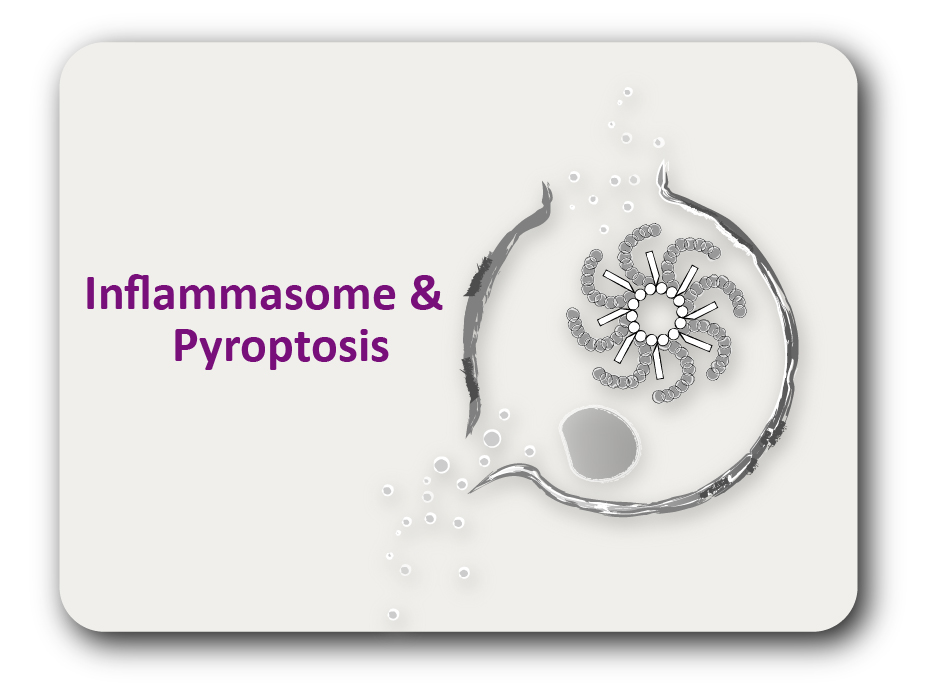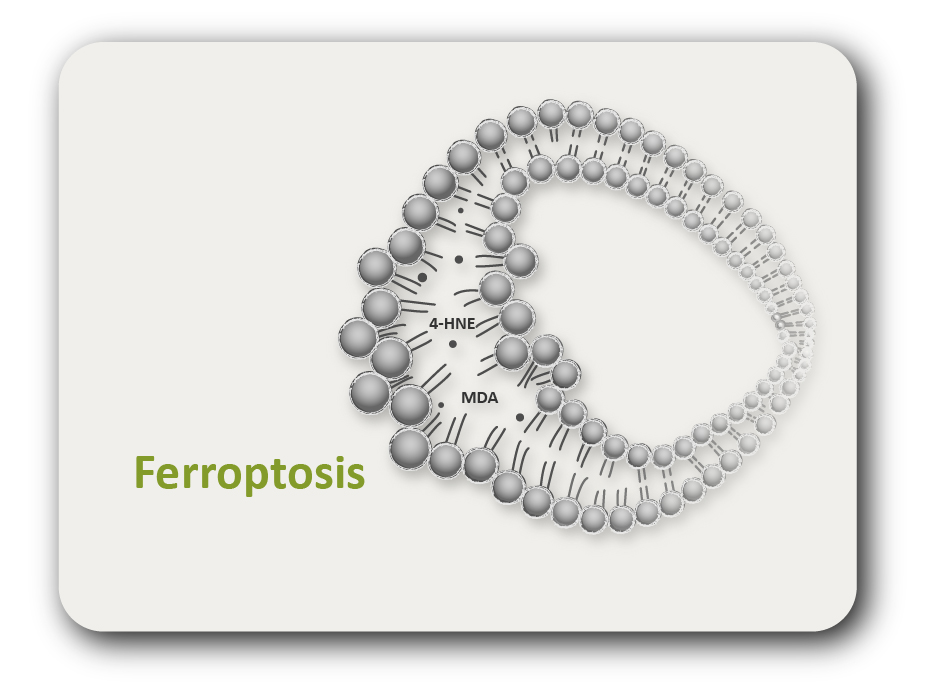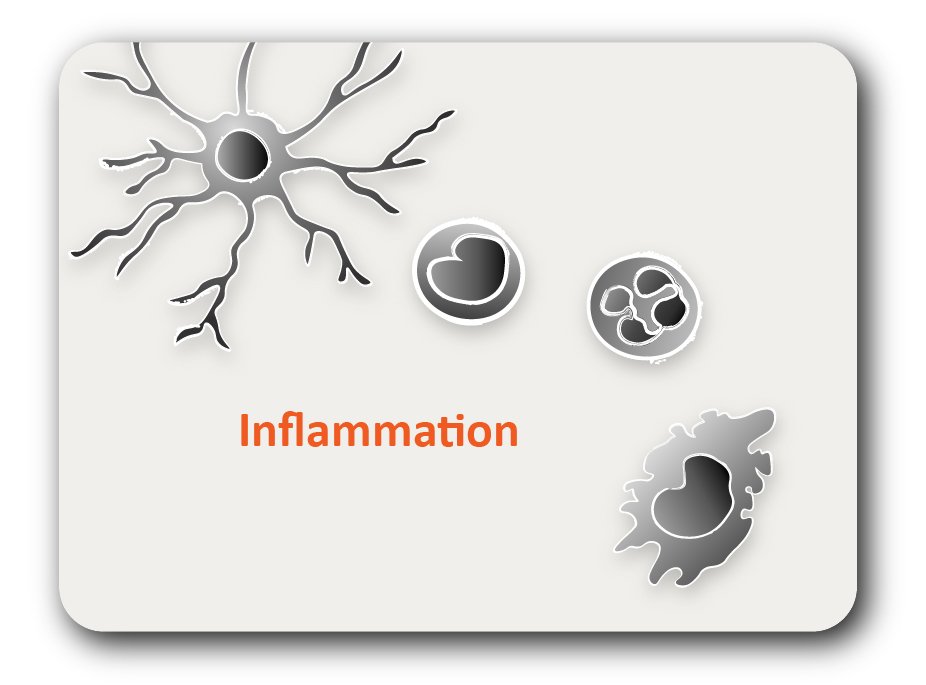ARG45976
anti-FYB antibody
anti-FYB antibody for Western blot and Human,Mouse
概述
| 产品描述 | Rabbit Polyclonal antibody recognizes FYB |
|---|---|
| 反应物种 | Hu, Ms |
| 应用 | WB |
| 宿主 | Rabbit |
| 克隆 | Polyclonal |
| 同位型 | IgG |
| 靶点名称 | FYB |
| 抗原物种 | Human |
| 抗原 | A 20 amino acid synthetic peptide within aa. 640 - 690 of human FYB. |
| 偶联标记 | Un-conjugated |
| 別名 | FYB; FYN-binding protein; FYN-T-binding protein; ADAP; FYB-120/130; SLAP130; SLP-76-associated phosphoprotein; SLAP-130; p120/p130; Adhesion and degranulation promoting adaptor protein; PRO0823 |
应用说明
| 应用建议 |
|
||||
|---|---|---|---|---|---|
| 应用说明 | * The dilutions indicate recommended starting dilutions and the optimal dilutions or concentrations should be determined by the scientist. |
属性
| 纯化 | Affinity chromatography purified |
|---|---|
| 缓冲液 | PBS and 0.02% Sodium azide. |
| 抗菌剂 | 0.02% Sodium azide |
| 浓度 | 1 mg/ml |
| 存放说明 | For continuous use, store undiluted antibody at 2-8°C for up to a week. For long-term storage, aliquot and store at -20°C. Storage in frost free freezers is not recommended. Avoid repeated freeze/thaw cycles. Suggest spin the vial prior to opening. The antibody solution should be gently mixed before use. |
| 注意事项 | For laboratory research only, not for drug, diagnostic or other use. |
生物信息
| 数据库连接 | |
|---|---|
| 基因名称 | FYB |
| 全名 | FYN binding protein |
| 背景介绍 | Acts as an adapter protein of the FYN and LCP2 signaling cascades in T-cells.Modulates the expression of interleukin-2 (IL-2).Involved in platelet activation.Prevents the degradation of SKAP1 and SKAP2.May play a role in linking T-cell signaling to remodeling of the actin cytoskeleton. |
| 生物功能 | Acts as an adapter protein of the FYN and LCP2 signaling cascades in T-cells. Modulates the expression of interleukin-2 (IL-2). Involved in platelet activation. Prevents the degradation of SKAP1 and SKAP2. May play a role in linking T-cell signaling to remodeling of the actin cytoskeleton. [UniProt] |
| 细胞定位 | Cytoplasm. Nucleus |
| 预测分子量 | 85 kDa |
| 翻译后修饰 | T-cell receptor ligation leads to increased tyrosine phosphorylation. |
检测图片 (1) Click the Picture to Zoom In





